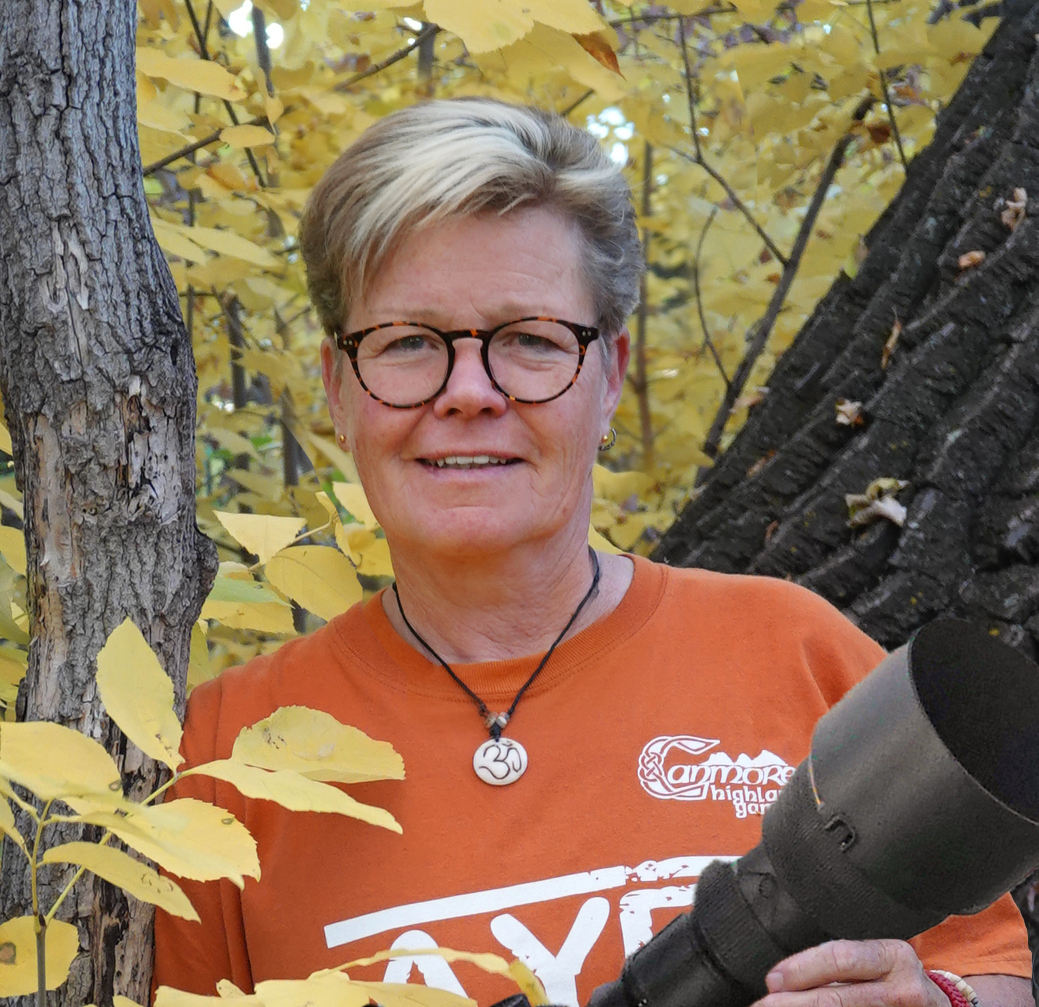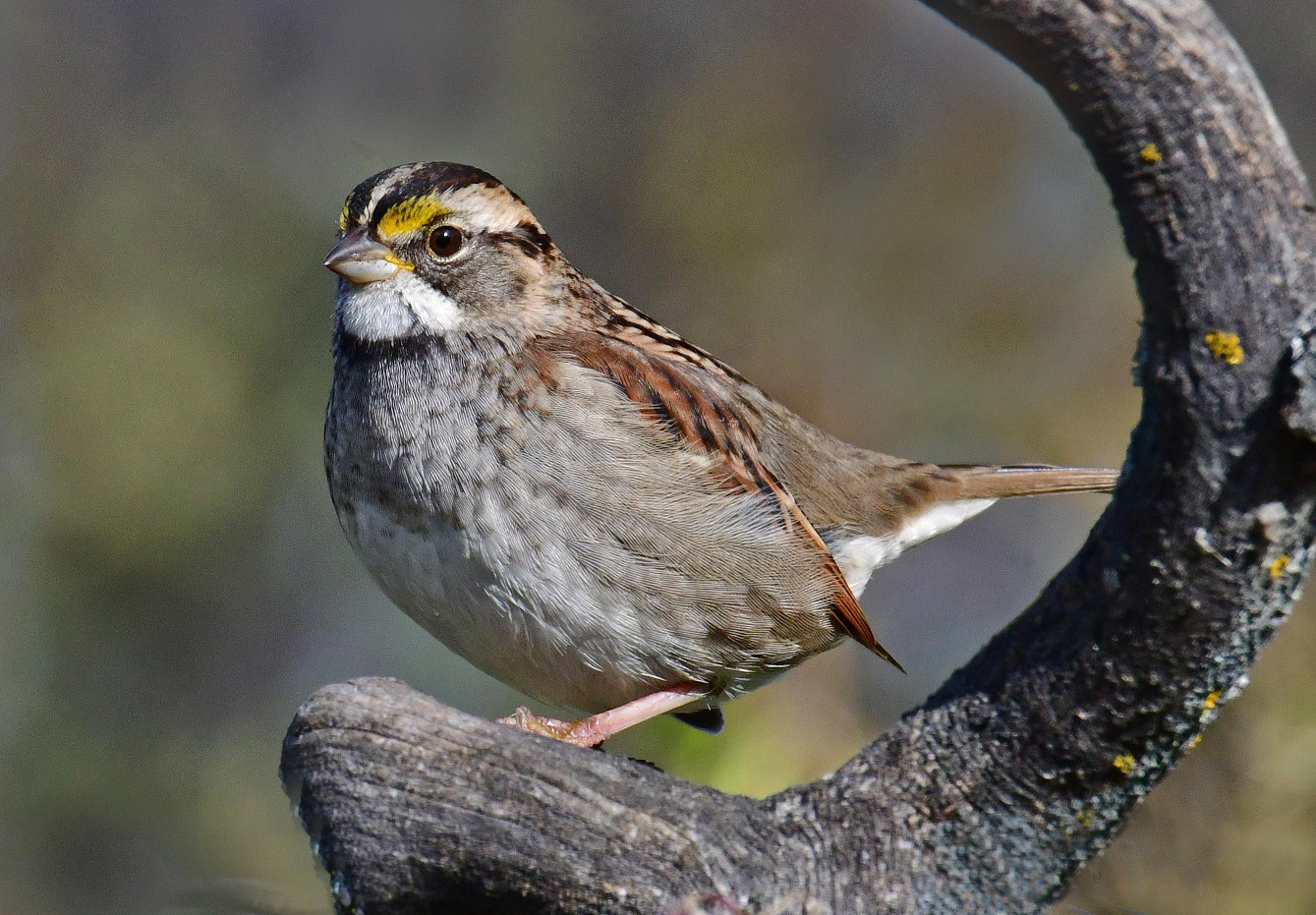(800) 563-7333
October 16, 2023 | Myrna Pearman, Chin Ridge Seeds (en-CA)

Fall is a good time to start/resume a bird feeding program. Not only will supplemental feed help our avian neighbours survive harsh conditions, bringing birds into our yards and gardens also livens up the cold prairie winters.
There are two main types of bird food that can be offered in the winter: seeds (including nuts) and suet.
Seeds: Although there are different types of bird seed on the market, the most popular are sunflower seeds. Sunflower seeds come in two varieties, black oil and striped, and can be served shelled or unshelled. Although the shelled seeds (often called chips) are more expensive, they are becoming increasingly popular because they leave less waste and they are easier for the smaller species (e.g., redpolls and siskins) to eat.
Winter birds will also readily dine on corn (e.g., jays, sparrows and grouse) and nyger seed (e.g., finches). Other seeds include canary grass seed, canola, millet, safflower and vegetable and fruit seeds. The seeds to avoid are the cheap mixes that contain cereal grains, red milo or other filler seeds, none of which are favoured by northern birds.
Nuts: Many birds (e.g, jays, woodpeckers, chickadees and nuthatches) will eat nuts, with shelled and unshelled peanuts being the most popular. Other nuts, including walnuts, cashews, pecans etc. can also be served.
Seeds and nuts can be dispensed in a variety of ways, from simply scattering on the ground to being served from tray, hopper and tube feeders. If squirrels or magpies/jays become a problem, there are a variety of exclusion feeders that can be used to keep them from accessing the seeds. Feeder designs continue to improve, and a wide variety of styles are available at garden, farm and hardware stores.
Suet: Suet (animal fat) can be served raw or rendered and mixed with seeds, cornmeal and other ingredients. Suet is relished by most insect-eating birds and is especially favored by woodpeckers, kinglets, chickadees and nuthatches. Lard (pig fat) can also be used instead of pure suet. Retailers that carry bird seed also sell packaged suet cakes. Suet cakes can be served in special plastic-coated cages, which minimizes fuss and mess.
Water
While all birds require water, even in the winter, resident (year-round) species are adapted to obtaining moisture by eating snow. However, since birds will avail themselves of open water if it is available, a heated bird bath is an easy way to provide water for the birds all winter long. There are many styles of heated bird baths on the market.
If you start feeding but then leave to go on a winter holiday, do not worry about “your” birds. Resident birds establish their winter territories in the fall and, by the time the snow flies, are well aware of many other reliable food sources in the neighbourhood. Simply fill your feeders again when you get back home and the birds will return to dine.
Whether you live in the country or in an urban condominium complex, sharing your outdoor living space with the birds is a sure way to bring hours of entertainment, education and enjoyment.
